
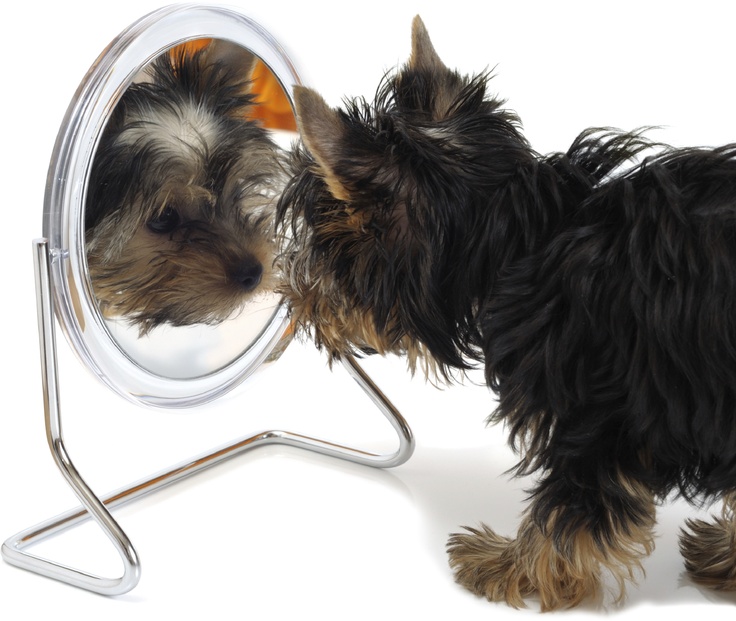 Shutterstock
Shutterstock
Dogs are curious creatures, and anyone who has ever caught their pup staring into a mirror has probably wondered what they’re thinking. Do dogs know that they’re looking at themselves? Or do they see another dog entirely? While humans tend to recognize their reflection by age two, dogs appear to interact with mirrors in a much different way. Whether they bark at their reflection, paw at it, or just walk away disinterested, dogs don’t seem to have the same understanding of mirrors as humans.
Dogs Don’t Pass the Mirror Test
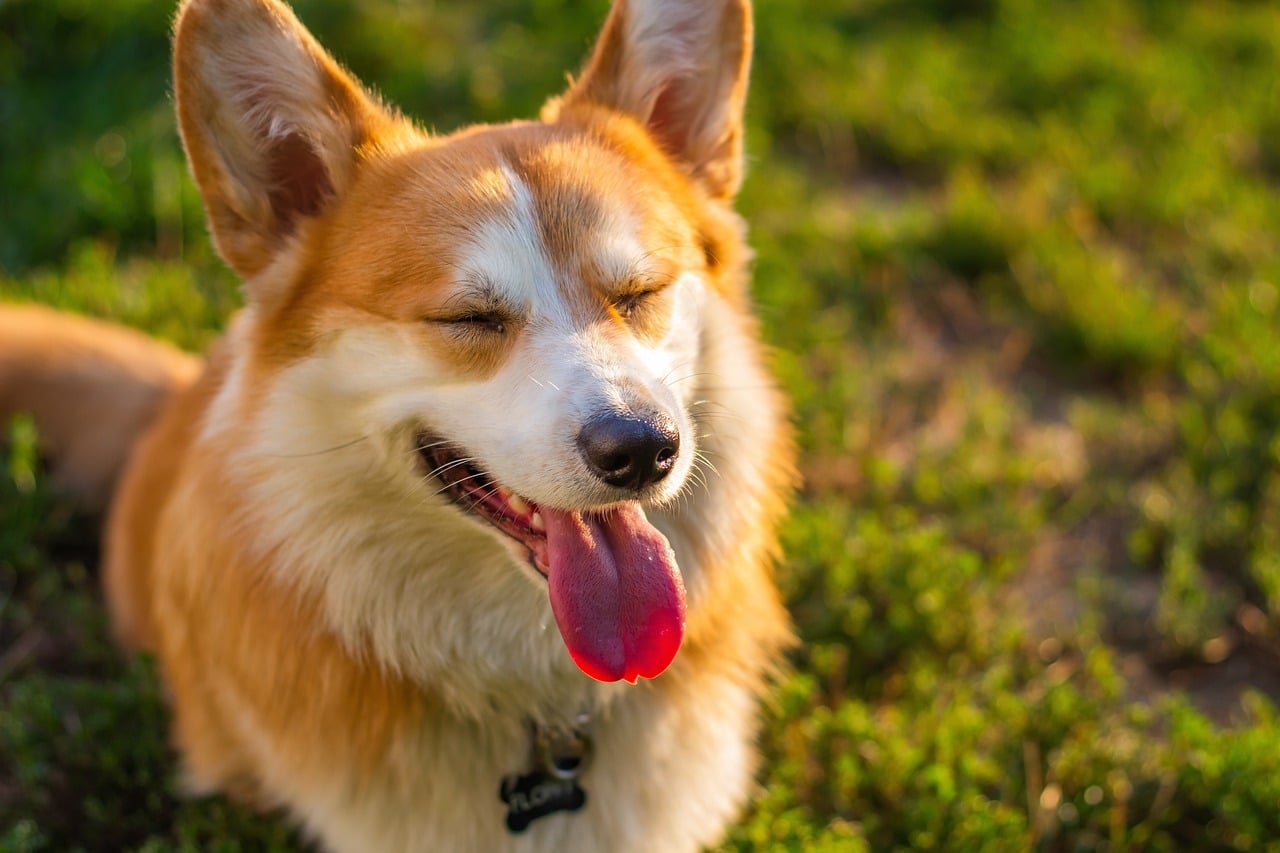 Shutterstock
Shutterstock
The “mirror test” is a classic psychological experiment used to determine whether animals have the ability to recognize themselves. This test involves placing a visible mark on an animal’s body in a spot they can only see in a mirror. If the animal tries to touch or investigate the mark, it’s considered a sign of self-awareness. Dogs, however, don’t pass this test. Instead of acknowledging the mark or their reflection, they usually ignore it or act as if the reflection is another dog. This suggests that dogs don’t have the same self-recognition abilities that humans or certain other animals, like dolphins and elephants, exhibit.
They Rely More on Scent Than Sight
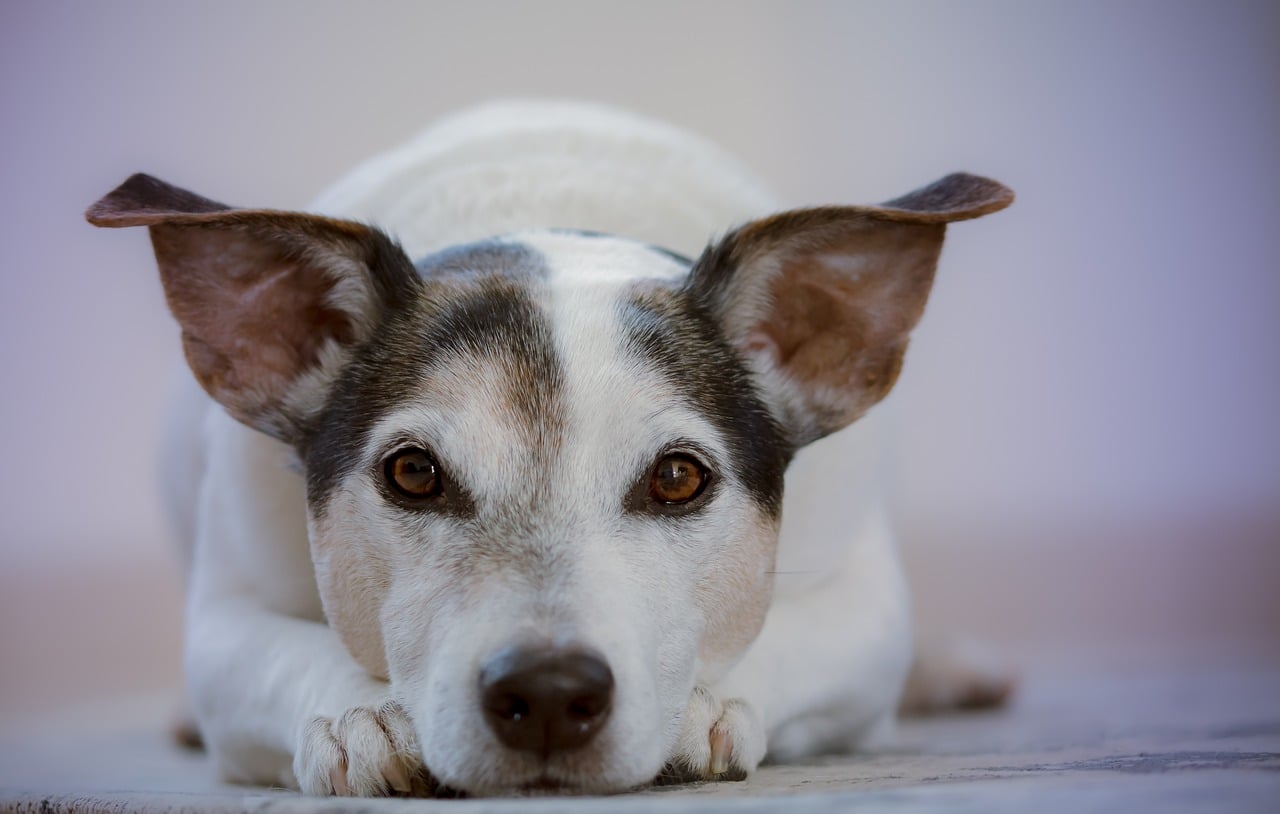 Shutterstock
Shutterstock
A dog’s primary way of interacting with the world isn’t through their eyes but their nose. Dogs have an extraordinary sense of smell, and they rely on it far more than they do on vision. When dogs see their reflection in the mirror, they may not recognize it because there’s no accompanying scent to validate what they’re seeing. For dogs, self-recognition likely involves smelling themselves rather than seeing themselves. Since their reflection lacks scent, it may not register as anything significant to them. So, even though dogs see the reflection, they don’t recognize it as “themselves” in the way humans do.
They React to the Movement
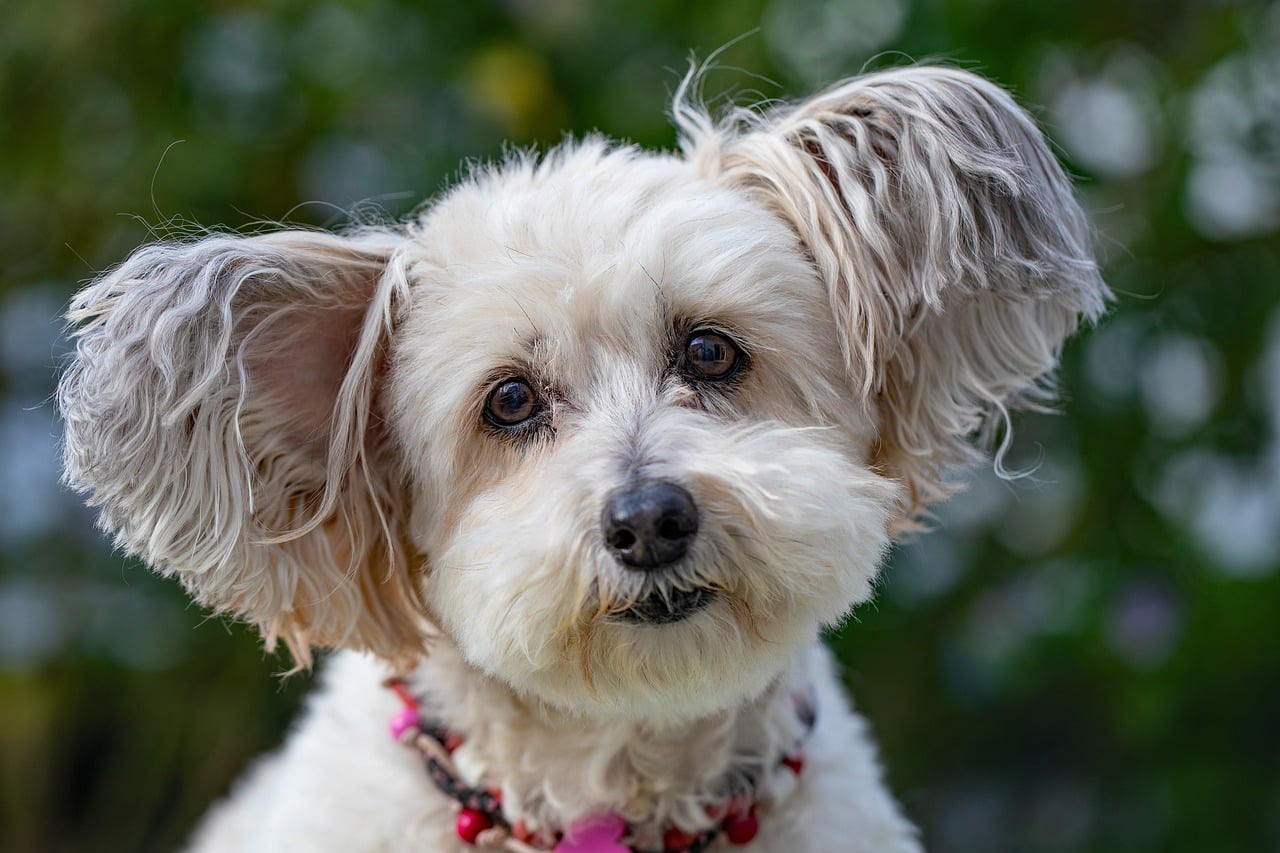 Shutterstock
Shutterstock
If you’ve ever watched your dog in front of a mirror, you’ve probably noticed that they may respond to the movement of their reflection. Dogs are highly attuned to movement, which is why they might bark or jump at the reflection as if it’s another dog. The mirror shows them something that moves, but because there’s no sound or smell, it doesn’t fully register as a living creature. The fact that dogs respond to movement in a mirror shows that they notice the reflection, but it also highlights their reliance on other senses to identify what they’re seeing.
Puppies Are More Likely to React
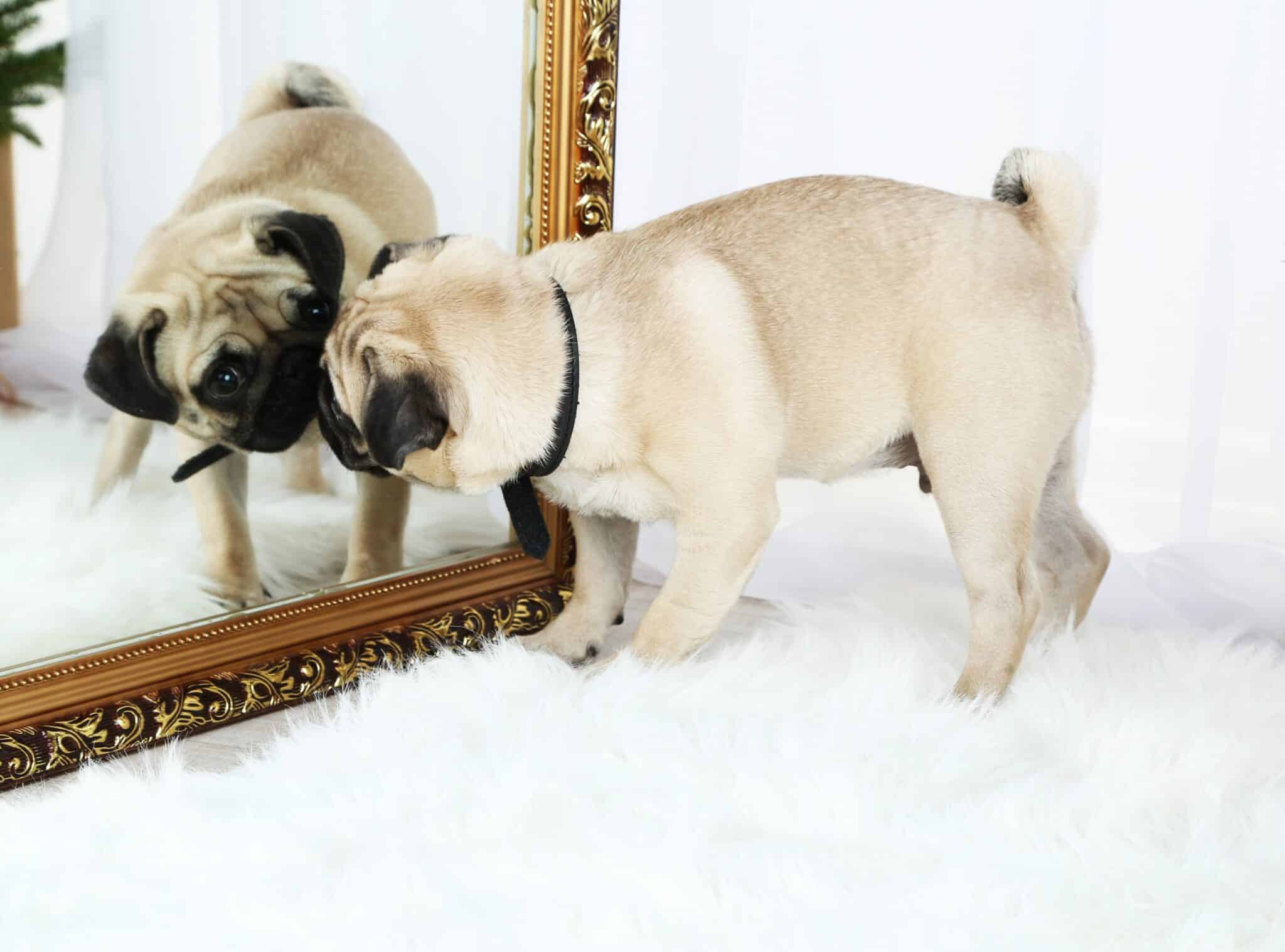 Shutterstock
Shutterstock
Interestingly, puppies tend to have the most animated reactions when they encounter a mirror for the first time. They might bark, growl, or try to play with their reflection. This behavior comes from their natural curiosity and limited life experience. For a young dog, the image in the mirror could easily be interpreted as a new playmate or rival. As puppies grow older and have more experiences, many of them stop reacting to mirrors altogether, likely because they’ve learned that the “other dog” in the mirror doesn’t interact with them in any meaningful way.
Some Dogs Bark or Growl at Their Reflection
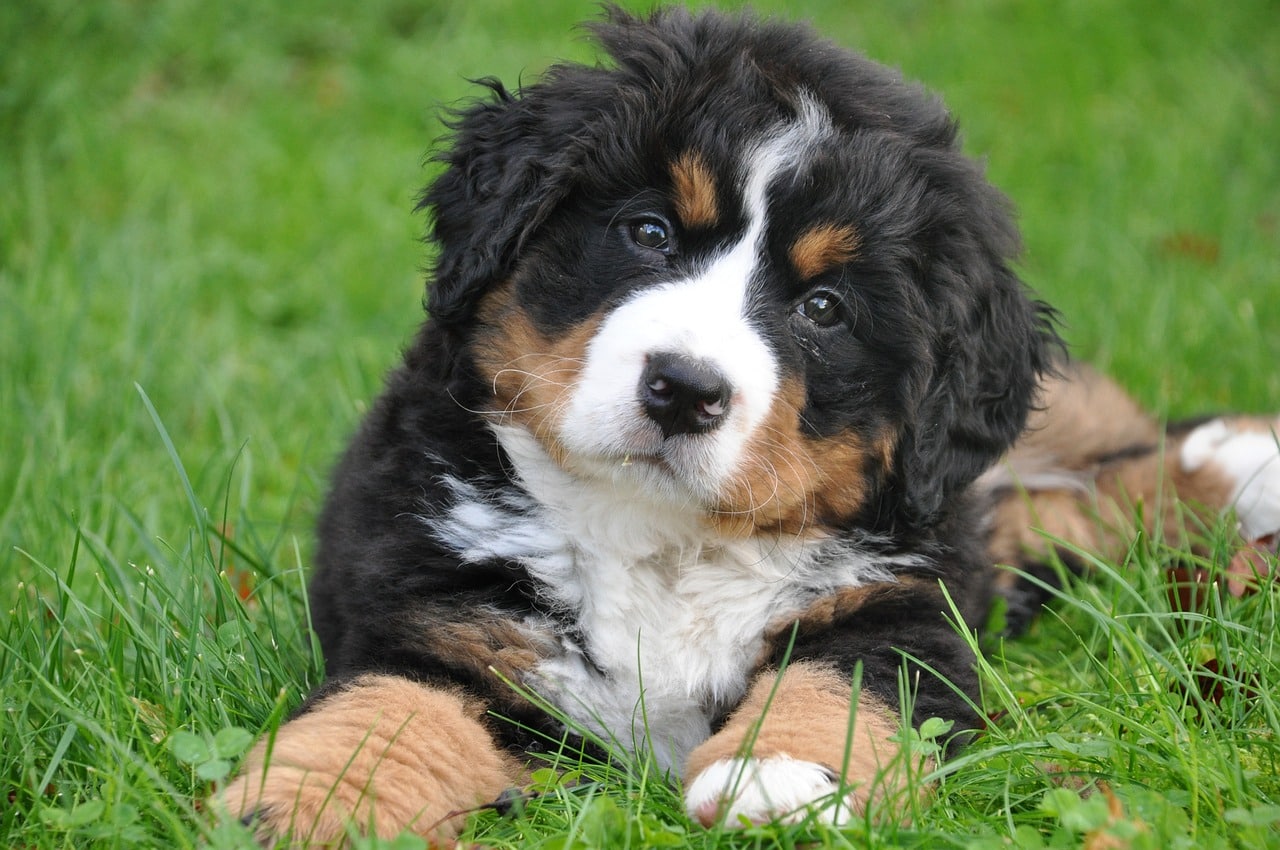 Shutterstock
Shutterstock
Many dogs initially treat their reflection as though they’re encountering another dog. They may bark, growl, or try to engage with the reflection, thinking it’s a potential rival or intruder. This is particularly true for dogs who are naturally territorial or who haven’t been exposed to mirrors frequently. For these dogs, the reflection presents something unfamiliar and possibly threatening, so their instinct is to bark or growl to assert dominance. Eventually, most dogs realize that the reflection doesn’t respond, leading them to lose interest in the “other dog” in the mirror.
They Don’t Use Mirrors Like Humans Do
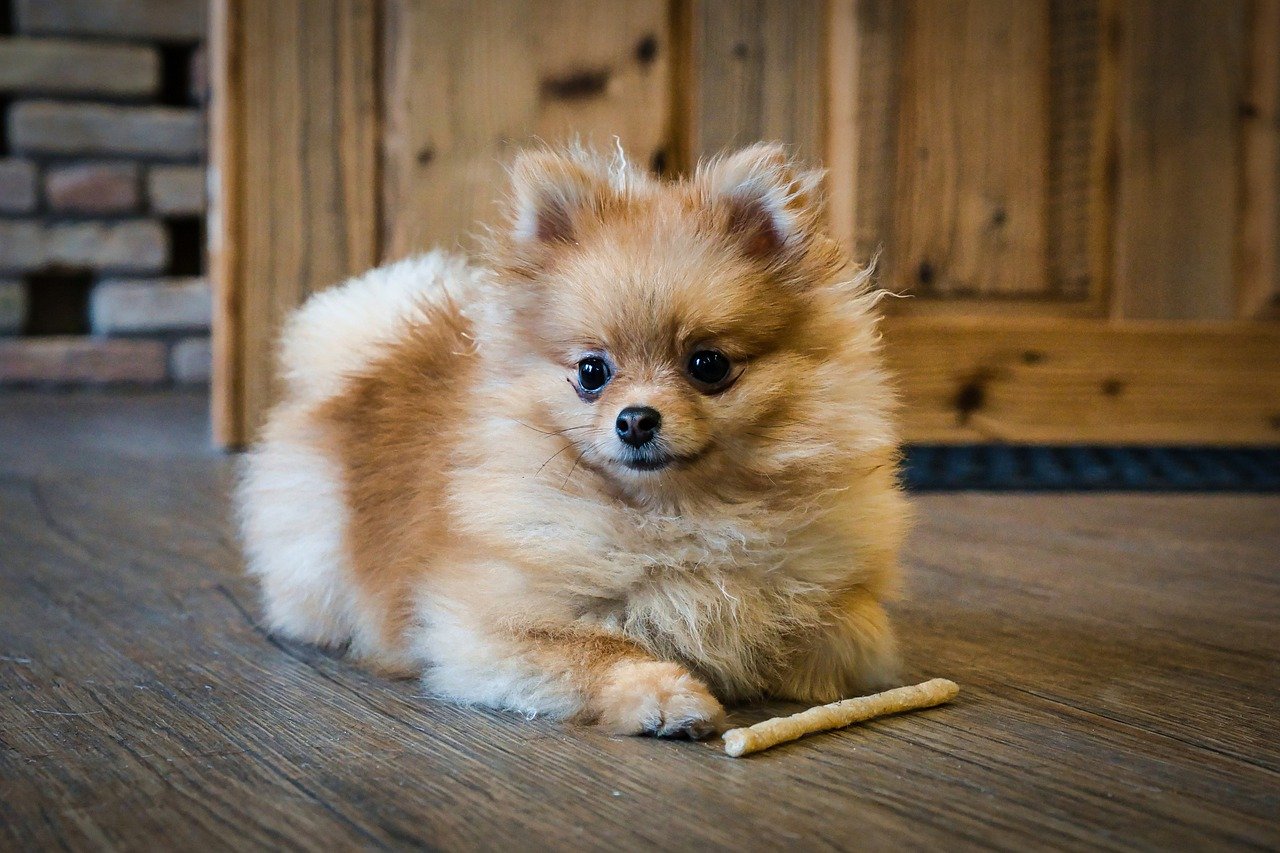 Shutterstock
Shutterstock
Humans use mirrors for practical purposes—checking appearances, applying makeup, or styling hair. Dogs, on the other hand, have no need for mirrors in their daily routines. Since they rely on smell to communicate and navigate their world, they have little use for a reflection that doesn’t emit any scent or sound. This explains why dogs often lose interest in mirrors after a few encounters. Without any meaningful stimuli like scent or interaction, mirrors just don’t hold the same value for dogs as they do for us.
Dogs Have Their Own Version of Self-Awareness
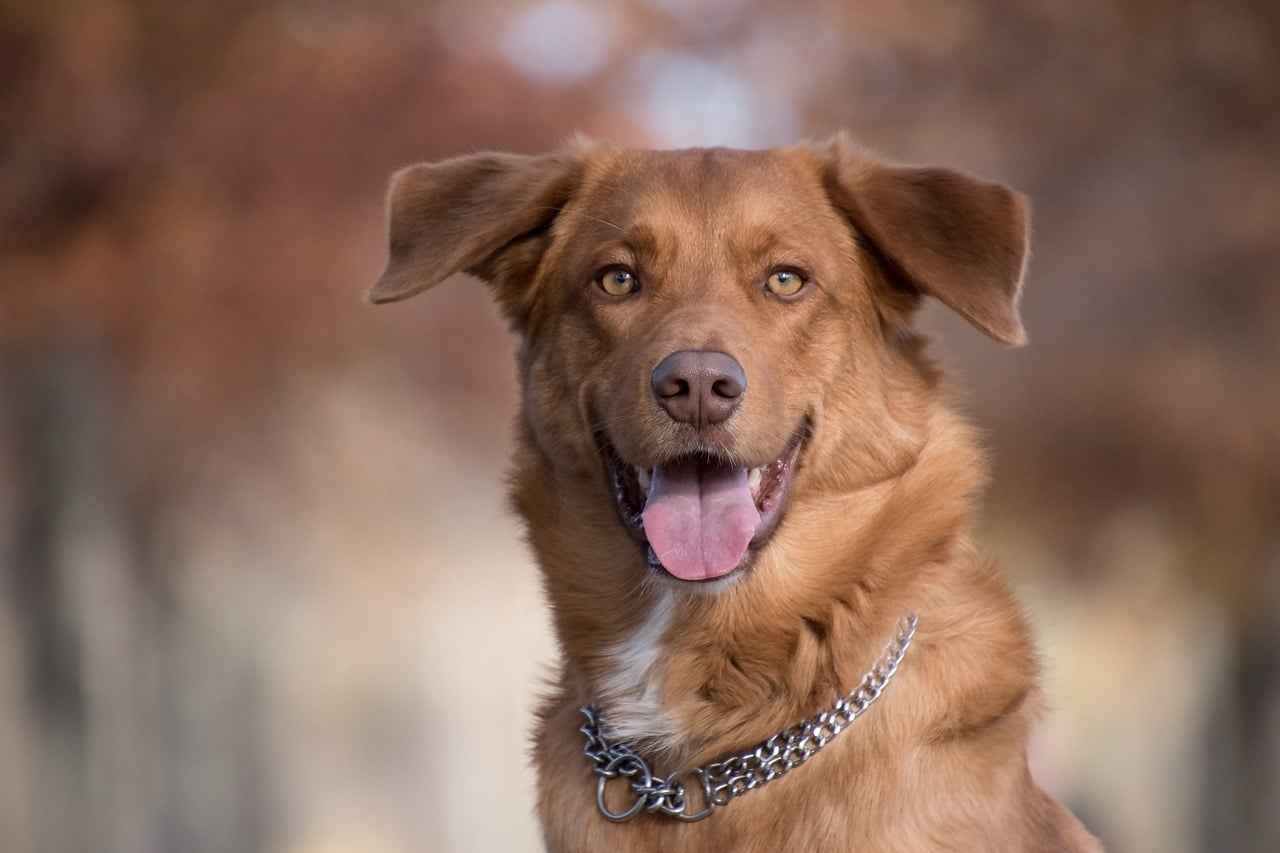 Shutterstock
Shutterstock
Just because dogs don’t recognize themselves in mirrors doesn’t mean they lack self-awareness entirely. Dogs show self-awareness in other ways, such as understanding their own body in space and recognizing their needs (like hunger, thirst, or the need to go outside). Dogs are also aware of social dynamics and can learn to understand their place in the family or pack. This type of self-awareness, while different from visual self-recognition, shows that dogs are conscious of themselves and their surroundings in a very distinct way.
They Recognize Familiar Faces in Mirrors
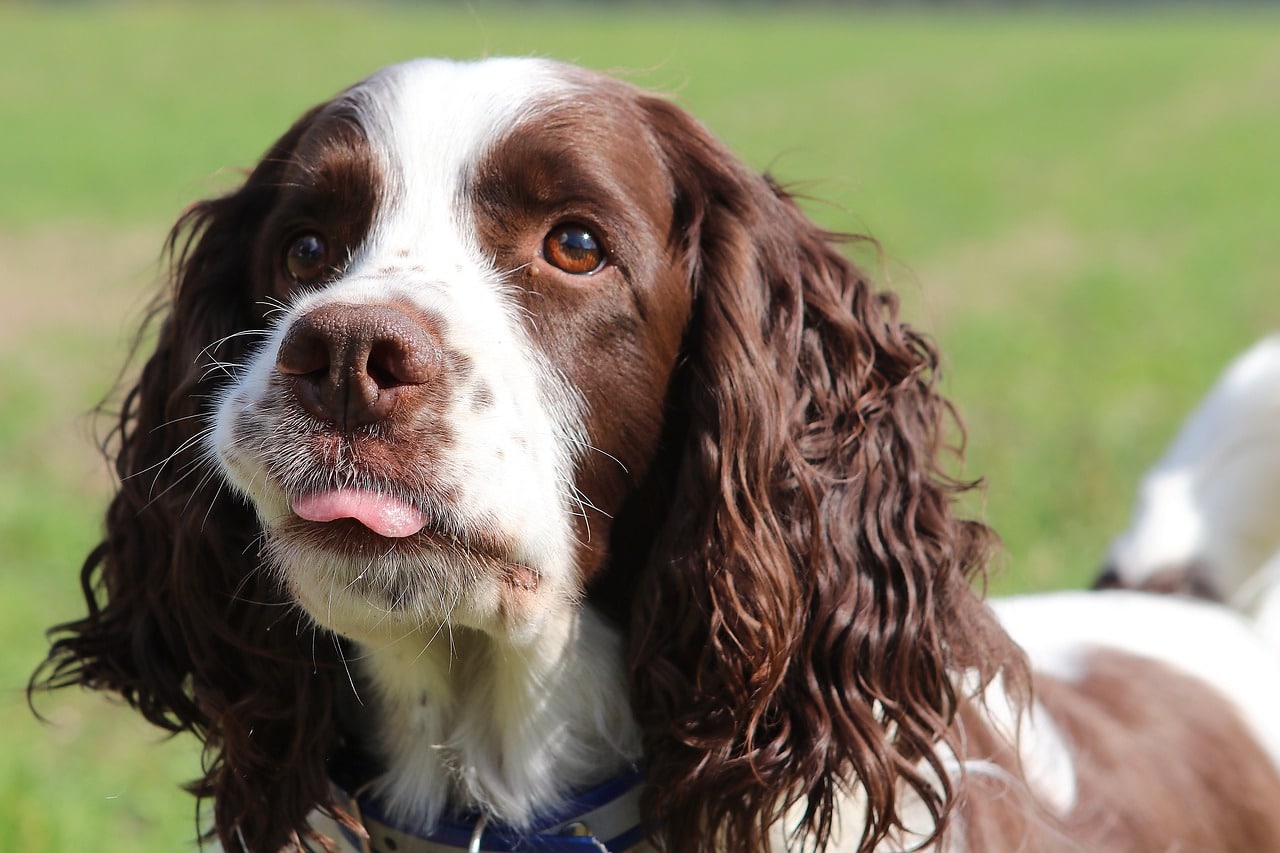 Shutterstock
Shutterstock
While dogs may not recognize their own reflection, they often recognize the reflections of familiar humans. This is because dogs are experts at reading human body language and facial expressions. When they see their owner or a family member in the mirror, they may react with excitement or affection. This reaction shows that dogs can process visual information from mirrors, but they apply it differently when it comes to familiar faces. It also reinforces that their primary bond is with their humans, not with their own reflection.
They Learn That Mirrors Aren’t Threatening
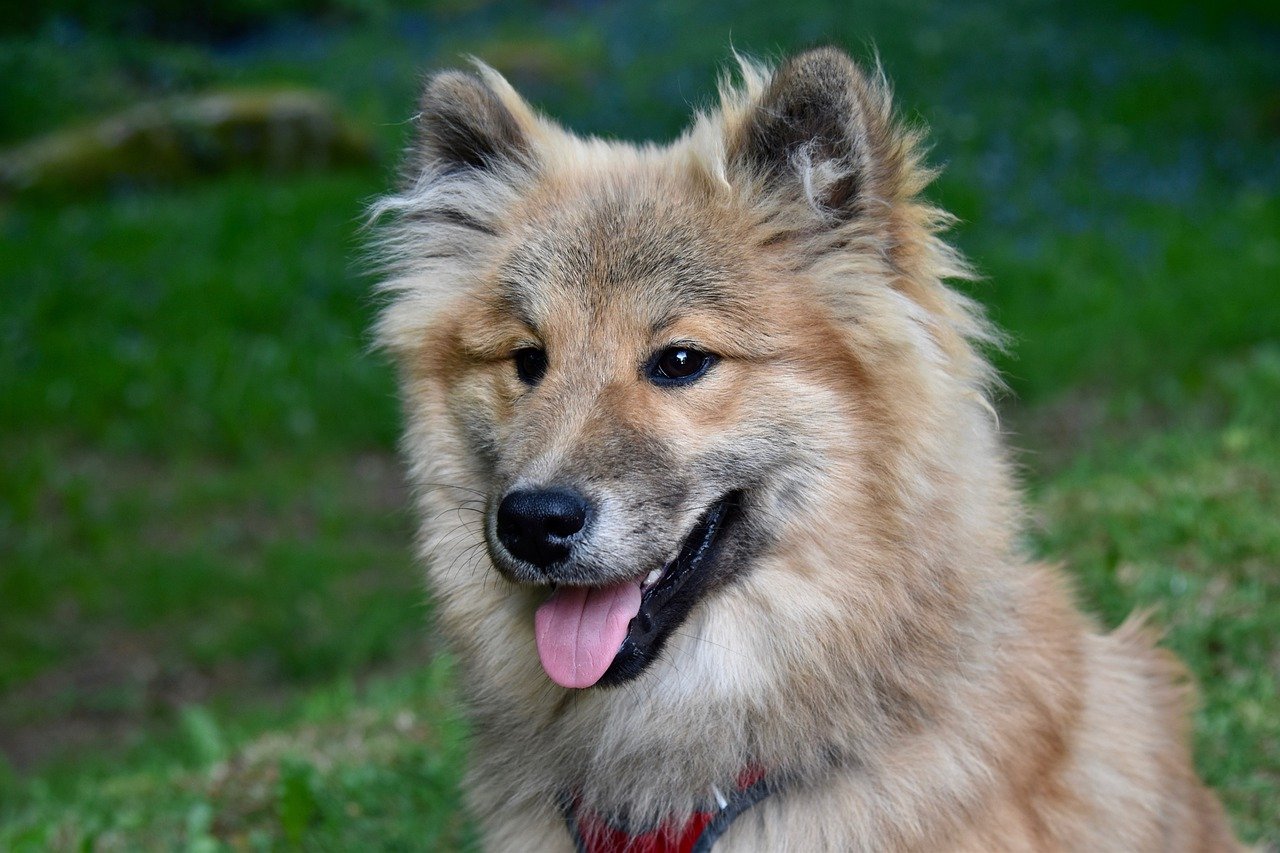 Shutterstock
Shutterstock
With repeated exposure, many dogs learn to ignore mirrors altogether. This suggests that dogs can adapt to new stimuli and figure out that the reflection isn’t a threat or another animal. Over time, most dogs become indifferent to mirrors because they don’t engage with them in any meaningful way. Once a dog realizes that the reflection won’t react or provide any form of interaction, they usually stop paying attention to it. This behavior indicates that dogs are capable of learning from their environment and adjusting their behavior accordingly.
Dogs Shine in Other Cognitive Abilities
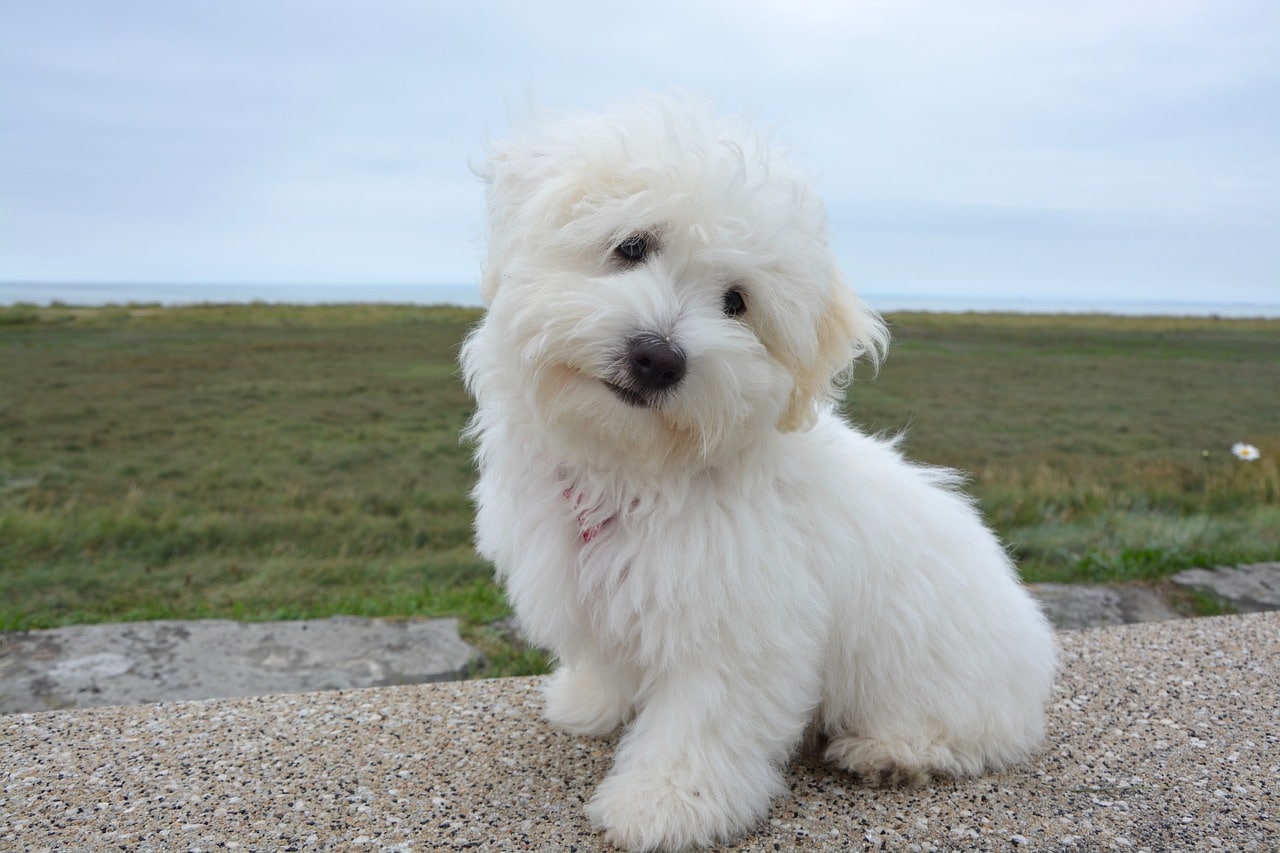 Shutterstock
Shutterstock
Although dogs may not pass the mirror test, they excel in other cognitive areas. Dogs are incredibly skilled at understanding human emotions, reading social cues, and solving problems. They have an unparalleled ability to form strong emotional bonds with humans and other animals, and they demonstrate loyalty, empathy, and cooperation. So, while self-recognition in mirrors might not be their forte, dogs more than makeup for it with their remarkable intelligence in other areas. Their cognitive abilities go far beyond the mirror, proving that they are much more than just reflection-challenged creatures.
Mirror, Mirror on the Wall, My Dog Knows Who’s the Best of All
 Shutterstock
Shutterstock
Have you ever shown your dog their reflection, only to watch them glance at it and trot away, seemingly unimpressed? It’s almost like they’re thinking, “I don’t need a mirror to know I’m fabulous!” While dogs may not understand mirrors the way we do, they don’t need one to boost their confidence. Whether they’re wagging their tails at you or ignoring their reflection entirely, dogs have their priorities straight—sniffing, eating, and belly rubs are far more important than staring at some piece of glass!

